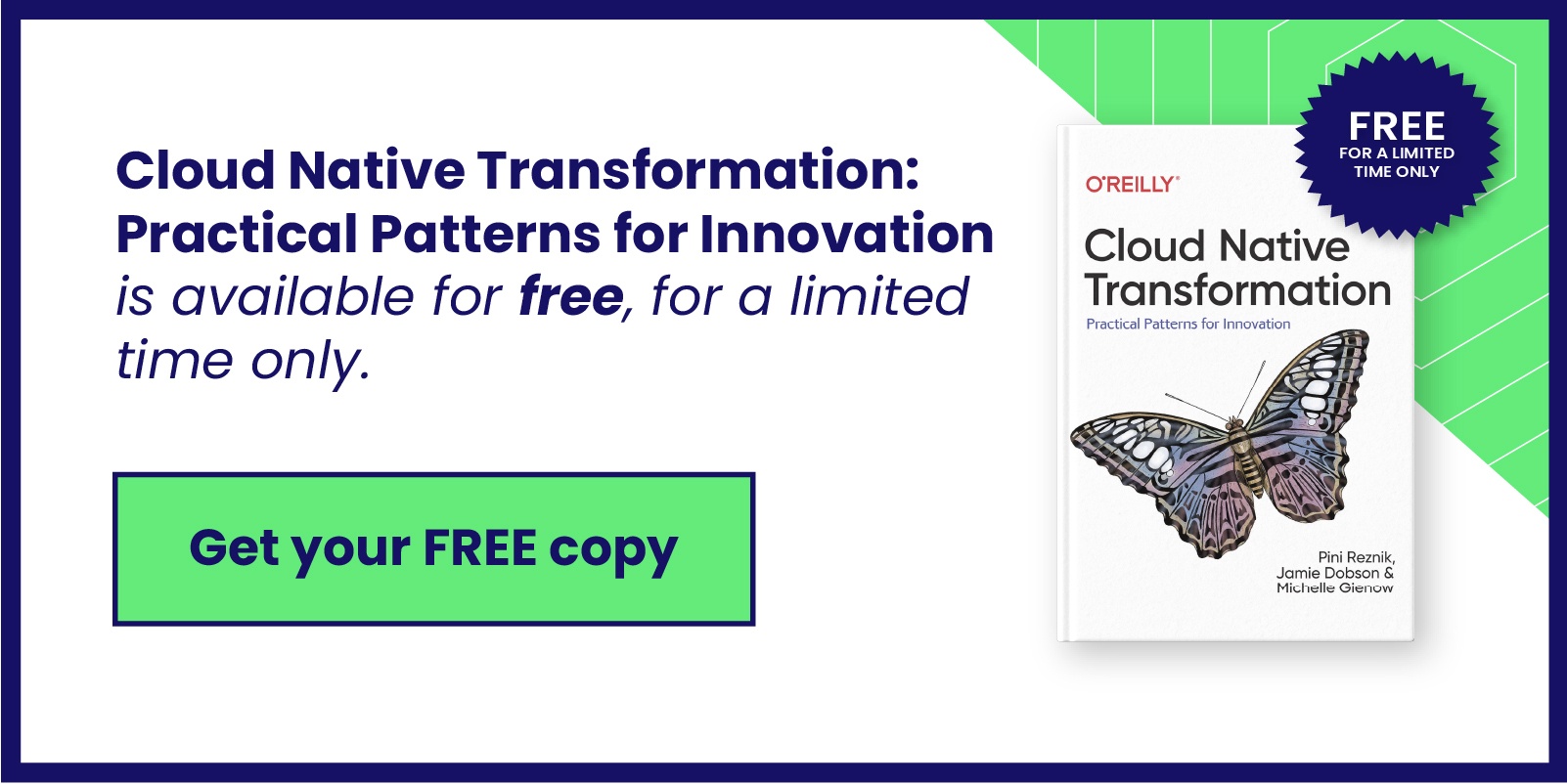Financial services companies are especially keen to adopt DevSecOps, as the benefits to them are obvious given their regulatory constraints and security requirements. This article will focus on a common successful pattern of adoption for getting DevSecOps into large-scale enterprises that have these kinds of constraints on change.
DevSecOps and institutional inertia
The first common misconception about implementing DevSecOps is that it is primarily a technical challenge but, as we’ve explored on WTF before, it is at least as much about enabling effective communication. Whilst we have engineering skills in cutting-edge tooling and cloud services, there is little value in delivering a nifty technical solution if the business it’s delivered for is unable or unwilling to use it. If you read technical blog posts on the implementation of DevSecOps, you might be forgiven for thinking that the only things that matter are the tooling you choose, and how well you write and manage the software that is built on this tooling.
For organisations that were ‘born in the cloud’, where everyone is an engineer and has little legacy organisational scar tissue to consider, this could indeed be true. In such places, where the general approach to DevSecOps is well-grasped and agreed on by all parties, the only things to be fought over are indeed questions of tooling. This might be one reason why such debates take on an almost religious fervour.
The reality for larger enterprises that aren’t born in the cloud is that there are typically significant areas of institutional inertia to overcome. These include (but are not limited to):
- The ‘frozen middle’
- Siloed teams that have limited capability in new technologies and processes
- Internal policies and process designed for the existing ways of working
Prerequisites for success
Before outlining the pattern for success, it’s worth pointing out two critical prerequisites for enterprise change management success in moving to DevSecOps. As an aside, these prerequisites are not just applicable to DevSecOps but apply to most change initiatives.
The first is that the vision to move to a Cloud Native way of working must be clearly articulated to those tasked with delivering on it. The second is that the management who articulate the vision must have ‘bought into’ the change. This doesn’t mean they just give orders and timelines and then retreat to their offices, it means that they must back up the effort when needed with carrots, sticks, and direction when those under them are unsure how to proceed. If those at the top are not committed in this way, then those under them will certainly not push through and support the changes needed to make DevSecOps a success.
A three-phase approach
At Container Solutions we have found success in implementing DevSecOps in these contexts by taking a three-phase approach:
1. Introduce tooling2. Baseline adoption
3. Evolve towards an ideal DevSecOps practice
The alternative that this approach is put up against is the ‘build it right first time’ approach, where everything is conceived and delivered in one “big bang” style implementation.
1. Introduce tooling
In this phase you correlate the security team’s (probably manual) process with the automation tooling you have chosen, and determine their level of capability for automation. At this point you are not concerned with how closely the work being done now matches the end state you would like to reach. Indeed, you may need to compromise against your ideal state. For example, you might skip writing a full suite of tests for your policies.
The point of this initial phase is to create alignment on the technical direction between the different parties involved as quickly and effectively as possible. To repeat: this is a deliberate choice over technical purity, or speed of delivery of the whole endeavour.
The security team is often siloed from both the development and cloud transformation teams. This means that they will need to be persuaded, won over, trained, and coached to self-sufficiency.
Providing training to the staff at this point can greatly assist the process of adoption by emphasising the business’s commitment to the endeavour and setting a minimum baseline of knowledge for the security team. If the training takes place alongside practical implementation of the new skills learned, it makes it far more likely that the right value will be extracted from the training for the business.
The output of this phase should be that:
- Security staff are comfortable with (at least some of) the new tooling
- Staff are enthused about the possibilities offered by DevSecOps, and see its value
- Staff want to continue and extend the efforts towards DevSecOps adoption
2. Get To baseline adoption
Once you have gathered the information about the existing process, the next step is to automate them as far as possible without disrupting the existing process too much. For example, if security policy adherence is checked manually in a spreadsheet by the security team (not an uncommon occurrence), those steps can be replaced by automation. Tools that might be used for this include some combination of pipelines, Terraform, Inspec, and so on. The key point is to start to deliver benefits for the security team quickly and help them see that this will make them more productive and (most importantly of all) increase the level of confidence they have in their security process.
Again, the goal for this stage is to level up the capabilities of the security team so that the move towards DevSecOps is more self-sustaining rather than imposed from outside. This is the priority over speed of delivery. In practical terms, this means that it is vital to offer both pairing (to elevate knowledge) and support (when things go wrong) from the start to maintain goodwill towards the effort. The aim is to spread and elevate the knowledge as far across the department as possible.
Keep in mind, though, that knowledge transfer will likely slow down implementation. This means that it is key to ensure you regularly report to stakeholders on progress regarding both policy deployment and policy outputs, as this will help sustain the momentum for the effort.
Key points:
- Report on progress as you go
- Provide (and focus on) help and support for the people who will maintain this in future
- Where you can, prioritise spreading knowledge far and wide over delivering quickly
Once you have reached baseline adoption, you should be at a ‘point of no return’ which allows you to push on to move to your ideal target state.
3. Evolve to pure DevSecOps
Now that you have brought the parties on-side and demonstrated progress, you can start to move towards your ideal state. This begs the question of what that ideal state is, but we’re not going to exhaustively cover that here as that’s not the focus. Suffice it to say that security needs to be baked into every step of the overall development life cycle and owned by the development and operations teams as much as it is by the security team.
Some of the areas you would want to work on from here include:
- Introducing/cementing separation of duties
- Setting up tests on the various compliance tools used in the SDLC
- Approval automation
- Automation of policy tests’ efficacy and correctness
- Compliance as code
These areas, if tackled too early, can bloat your effort to the point where the business sees it as too difficult or expensive to achieve. This is why it’s important to tackle the areas that maximise the likelihood of adoption of tooling and principles in the early stages.
Once all these things are coming together, you will naturally start to turn to the organisational changes necessary to get you to a ‘pure DevSecOps’ position, where development teams and security teams are working together seamlessly.
Conclusion
Like all formulas for business and technological change, this three-phase approach to introducing DevSecOps can’t be applied in exactly the same way in every situation. However, we’ve found in practice that the basic shape of the approach is very likely to be a successful one, assuming the necessary prerequisites are in place.
Building DevSecOps adoption in your business is not just about speed of delivery, it’s about making steady progress whilst setting your organisation up for success. To do this you need to make sure you are building capabilities and not just code.



 Previous article
Previous article
